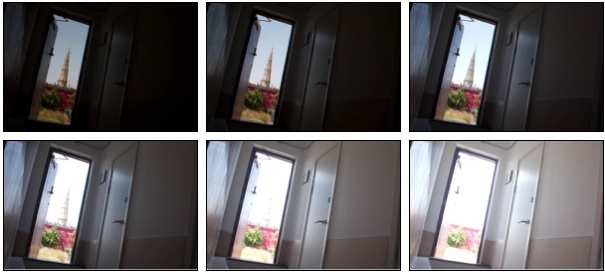
If you've ever been faced with photography situations with extreme contrasts, you know that basically, you're out of luck. Say, for example, you are taking a photo out of the door of a building.
You have to make a hard choice; are you going to expose for the outdoors? If so, you end up with something like this:
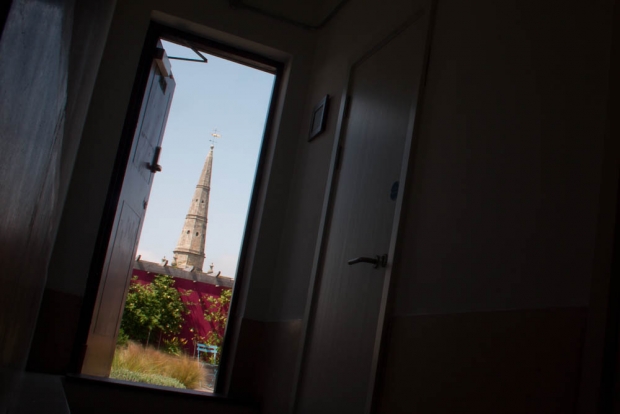
... And your indoors are completely useless and dark.
Alternatively, you can decide to expose for the light inside the building:
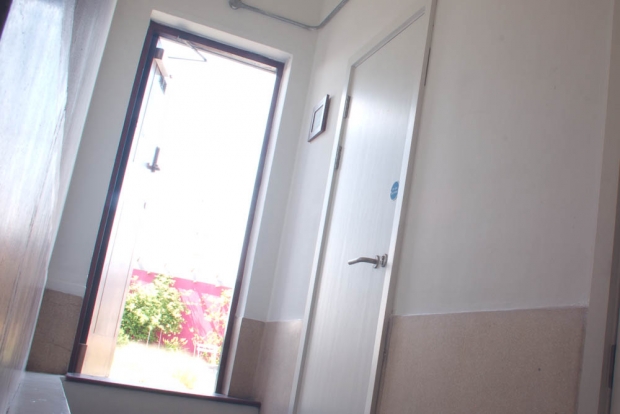
But clearly, that's hardly going to do much good either.
The solution is HDR photography, where you combine a series of exposures:
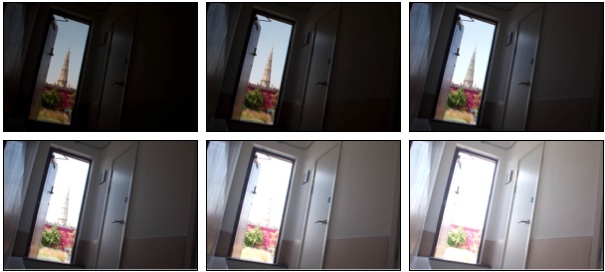
Into one single exposure:
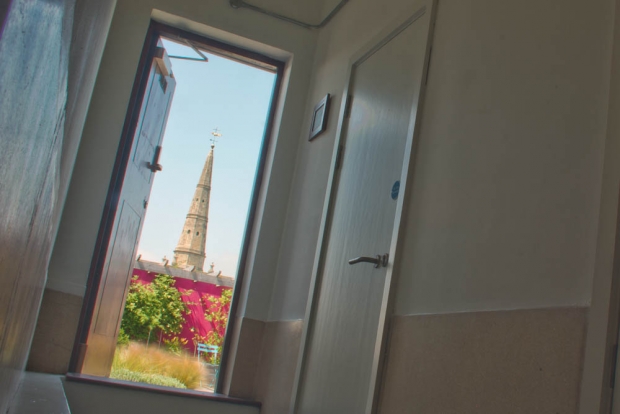
Okay, so I'm more than happy to admit that this quick example (shot with the Triggertrap Mobile Long Exposure HDR mode using my iPhone to control my Canon EOS 550D - that was what I was testing when I did this one) is hardly the finest example of creative HDR ever created - in fact, it's a distinctly rubbish picture. Nonetheless, it reminded me how powerful HDR can be, and how it completely changes the game for what is possible in photography.
Time for a week-end project?
So, If you've never given it a go before, make it your week-end project: You can easily do a manual HDR set by changing the settings on your camera between each shot; or use the Automatic Bracketing feature built into most cameras to get a 3-shot bracketed set.
And if that isn't enough for you (for example, if you're instead itching to do a 13-exposure HDR for some crazy reason), there are automated solutions that'll do the exposures for you, including Triggertrap Mobile or Promote.
For an in-depth guide on HDR photography, check out the Pixiq Ultimate Guide to HDR Photography!





